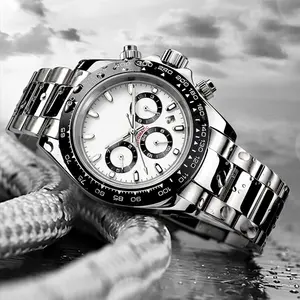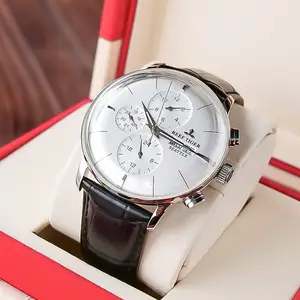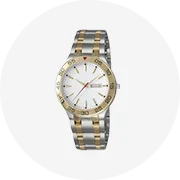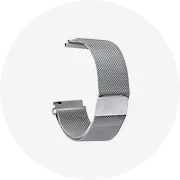The art of mechanical watchmaking showcases a rich blend of materials and craftsmanship, deeply rooted in a historical tradition of precision and artistry. Craftspeople in this field utilize a variety of materials and tools, adapting their approach to the specific object they aim to create. The intricate watch movements are assembled with meticulous care, requiring patience, steady hands, and acute eyesight. Each component, often made by specialized artisans such as dial makers, case makers, and hands makers, is crafted to contribute to the overall aesthetic and functionality of the timepiece.
The materials used in watch movements are chosen for their durability and precision. Metals like brass, steel, and sometimes precious metals are common in the construction of gears and plates. Synthetic sapphire crystals are used for their scratch-resistant properties to protect the watch face. The assembly of these materials into a functioning movement is a testament to the artisan's skill, with each watchmaker bringing their own finesse to the process, ensuring that the mechanical movements not only keep accurate time but also endure the test of time.
In the realm of art mechanics, the same dedication to material quality and craftsmanship is evident. Music boxes, automates, and mechanical androids are created with similar precision. The mechanical devices within these objects, whether visible or hidden, are integral to their charm and function, generating movement or emitting sound that captivates and delights. The transmission of these skills, from the design and execution to the restoration of mechanical objects, is crucial in preserving the legacy and continued innovation in the field of horology.




































 浙公网安备 33010002000092号
浙公网安备 33010002000092号 浙B2-20120091-4
浙B2-20120091-4